Intro
Discover the active & inactive ingredients in Methylprednisolone, a corticosteroid medication, and learn about its composition, pharmacology, and potential side effects, including steroid interactions and immune system responses.
Methylprednisolone is a synthetic corticosteroid that is widely used to treat a variety of medical conditions, including inflammation, immune system disorders, and cancer. The medication is available in various forms, including tablets, injections, and topical creams. In this article, we will delve into the ingredients of methylprednisolone, exploring its composition, mechanisms of action, and potential side effects.
The importance of understanding the ingredients of methylprednisolone cannot be overstated. As a medication that is commonly prescribed for a range of conditions, it is essential to be aware of its composition and how it works. This knowledge can help individuals make informed decisions about their treatment options and minimize the risk of adverse reactions. Furthermore, by examining the ingredients of methylprednisolone, we can gain a deeper understanding of the medication's benefits and limitations, ultimately leading to more effective treatment outcomes.
Methylprednisolone is a complex medication that contains a range of ingredients, each with its own unique properties and functions. The medication's active ingredient, methylprednisolone, is a synthetic corticosteroid that is designed to mimic the effects of cortisol, a naturally occurring hormone produced by the adrenal gland. Cortisol plays a crucial role in regulating the body's response to stress, inflammation, and immune system activity, and methylprednisolone works by binding to specific receptors in the body to produce similar effects.
Methylprednisolone Composition
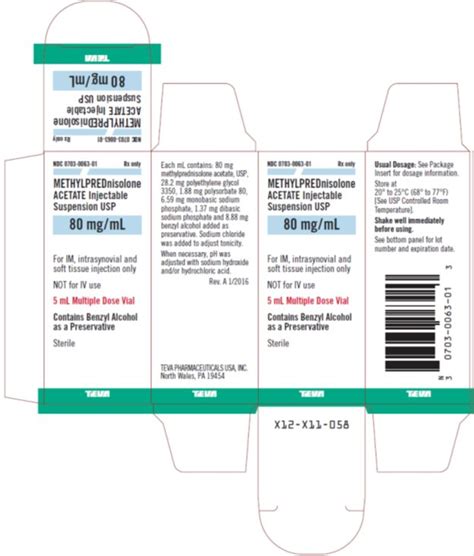
Active Ingredients
The active ingredient in methylprednisolone is methylprednisolone itself, which is a synthetic corticosteroid. Methylprednisolone works by binding to specific receptors in the body, including glucocorticoid receptors and mineralocorticoid receptors. This binding action triggers a range of effects, including the suppression of inflammation, the modulation of immune system activity, and the regulation of electrolyte balance.Inactive Ingredients
The inactive ingredients in methylprednisolone can vary depending on the specific formulation and manufacturer. Common examples of inactive ingredients include: * Microcrystalline cellulose: a filler that helps to bulk up the medication and improve its texture * Lactose: a sugar that is used as a filler and to improve the medication's taste * Magnesium stearate: a lubricant that helps to prevent the medication from sticking to manufacturing equipment * Sodium starch glycolate: a disintegrant that helps the medication to break down in the bodyMethylprednisolone Mechanisms of Action
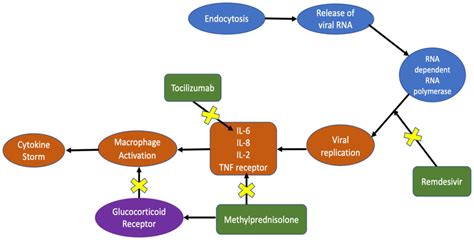
The mechanisms of action of methylprednisolone can be summarized as follows:
- Suppression of inflammation: methylprednisolone works by reducing the production of pro-inflammatory cytokines and increasing the production of anti-inflammatory cytokines
- Modulation of immune system activity: methylprednisolone works by suppressing the activity of immune cells, such as T-cells and B-cells, and reducing the production of antibodies
- Regulation of electrolyte balance: methylprednisolone works by increasing the reabsorption of sodium and water in the kidneys, and reducing the excretion of potassium
Benefits of Methylprednisolone
Methylprednisolone has a range of benefits, including: * Rapid reduction of inflammation and immune system activity * Effective treatment of a range of medical conditions, including asthma, allergies, and rheumatoid arthritis * Ability to be used in a range of formulations, including tablets, injections, and topical creamsRisks and Side Effects
Methylprednisolone can also have a range of risks and side effects, including: * Suppression of the immune system, which can increase the risk of infection * Increased risk of osteoporosis and bone fractures * Mood changes, such as anxiety and depression * Increased appetite and weight gainMethylprednisolone Dosage and Administration
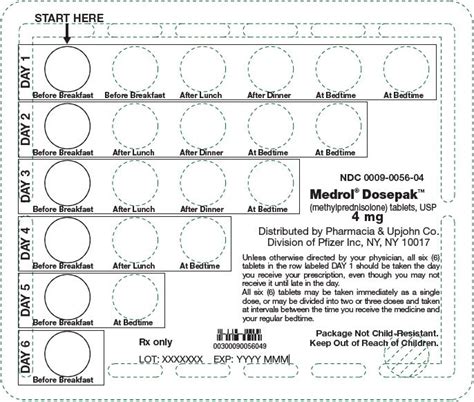
Administration Routes
Methylprednisolone can be administered via a range of routes, including: * Oral: tablets or capsules * Intravenous: injection into a vein * Intramuscular: injection into a muscle * Topical: application to the skin or mucous membranesDosage Forms
Methylprednisolone is available in a range of dosage forms, including: * Tablets: 4-48 mg per tablet * Capsules: 4-48 mg per capsule * Injectable solutions: 20-250 mg per mL * Topical creams: 0.5-5 mg per gramMethylprednisolone Interactions and Contraindications
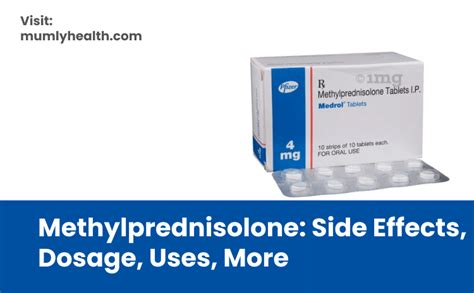
Methylprednisolone is contraindicated in individuals with:
- Active infections: can worsen the infection
- Peptic ulcers: can worsen the ulcer
- Glaucoma: can worsen the condition
- Pregnancy and breastfeeding: can increase the risk of fetal harm
Special Precautions
Methylprednisolone requires special precautions in individuals with: * Diabetes: can increase the risk of hyperglycemia * Hypertension: can increase the risk of cardiovascular disease * Osteoporosis: can increase the risk of bone fractures * Psychiatric disorders: can worsen the conditionMethylprednisolone FAQs
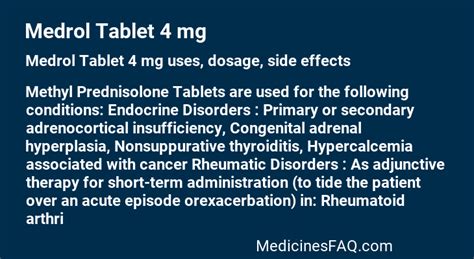
What is methylprednisolone used for?
+Methylprednisolone is used to treat a range of medical conditions, including inflammation, immune system disorders, and cancer.
How does methylprednisolone work?
+Methylprednisolone works by binding to specific receptors in the body, including glucocorticoid receptors and mineralocorticoid receptors.
What are the potential side effects of methylprednisolone?
+Methylprednisolone can have a range of potential side effects, including suppression of the immune system, increased risk of osteoporosis and bone fractures, mood changes, and increased appetite and weight gain.
In conclusion, methylprednisolone is a complex medication that contains a range of ingredients, each with its own unique properties and functions. By understanding the composition, mechanisms of action, and potential side effects of methylprednisolone, individuals can make informed decisions about their treatment options and minimize the risk of adverse reactions. We invite you to share your thoughts and experiences with methylprednisolone in the comments section below, and to explore our other articles on related topics.
